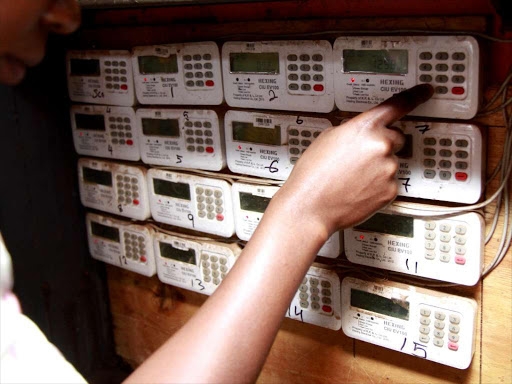None of the bodies recovered from the Kware dump site in Mukuru slums injuries, which could be assigned to a bullet, externally or even from the examination of bodies.
Chief Government pathologist Dr Johansen Oduor said Wednesday.
Oduor said that one of the bodies had head injuries while another was strangulated.
So far 13 bodies have been recovered from the site amid an ongoing search.
Dr Oduor said among these nine body bags, the contents of four of them were limbs, lower limbs, which were amputated from the knees downwards, and there were two right legs and two left legs.
“There was also a whole body of a female who we examined and we found that she had a head injury,” he said.
Also recovered are three other bodies, which were part of human bodies, female, which were from the waist to the knee.
“There was an upper trunk from the waist upward, which we assigned the cause of death as strangulation. So this brings them down to a total of nine,” the pathologist said.
Dr Oduor said most of the bodies have various levels of decomposition from mild to severe.
He said it would be difficult to assign a cause of death for those severely decomposed.
“For bodies which are severely decomposed, it becomes very difficult to assign a cause of death because there’s what is called post-mortem artefacts where so many tissues are lost because of decomposition,” he said.
The bodies had been sawed off from the waist with Dr Oduor saying they could have happened after death.
One of the female bodies was intact and not decomposed and the examination revealed that she had head injuries.
Another body, which was only the upper trunk, was mildly decomposed but clear marks of ligature could be seen on the neck, an indication that the deceased had been strangulated.
The X-rays of the head and other body parts have been submitted to radiologists for analysis, he said.
This means the process may take longer.
Police are still investigating the murder of the woman.
A blood-stained hammer, a pair of pliers, two kitchen knives, four pairs of women's shoes and a gunny bag are among the items police recovered from the house of a serial killer linked to the murder of 42 women in Kware, Nairobi.
Detectives revisited the house belonging to Collins Jumaisi Khalusha a suspected serial killer Wednesday, July 17 as part of the probe into the killings.
The team also recovered a dressing mirror with fingerprints, a mattress, a blood-stained pillow and a red t-shirt.
The team was accompanied by the suspect when they visited the scene Wednesday morning and spent five hours there.
They also recovered a sisal and manila ropes and a notebook with hospital receipts with the name of a woman.
A team was sent to the hospital to confirm if the woman was attended to there.
Khalusha is the prime suspect in the macabre murder of at least 42 women in the city and claims he met all of them on the streets.
Others were selling airtime in the area and he targeted them before luring them to his house, raped them and later killed them.
Detectives concluded the house was his primary scene of crime.
This was after they also found bloodstains on the walls and floor which he told them were from some of the victims.
In his confession recorded at the Directorate of Criminal Investigations (DCI), Khalusha claimed he had this year alone killed ten women.
The latest victim was killed on July 11 a day before the bodies were discovered at the Kware dump site in Mukuru slums, Nairobi.
Police claim he said he strangled them in the process, left the body on a nylon paper in his house before he embarked on dismembering the body and later dumped the same at the dumping site about 500 meters from his house.
He at times used the hammer in the mission. He said he was born in Vihiga in 1991 before his mother moved out with him three years later to Migori after the demise of his father.
Most of the victims were women from the slum where he also lived. He told police he killed more than 20 women in 2023 alone, the highest.
Police are now trying to document all the victims amid fears the identification may be complicated.
The team arrested two more suspects in connection with the serial murders.














